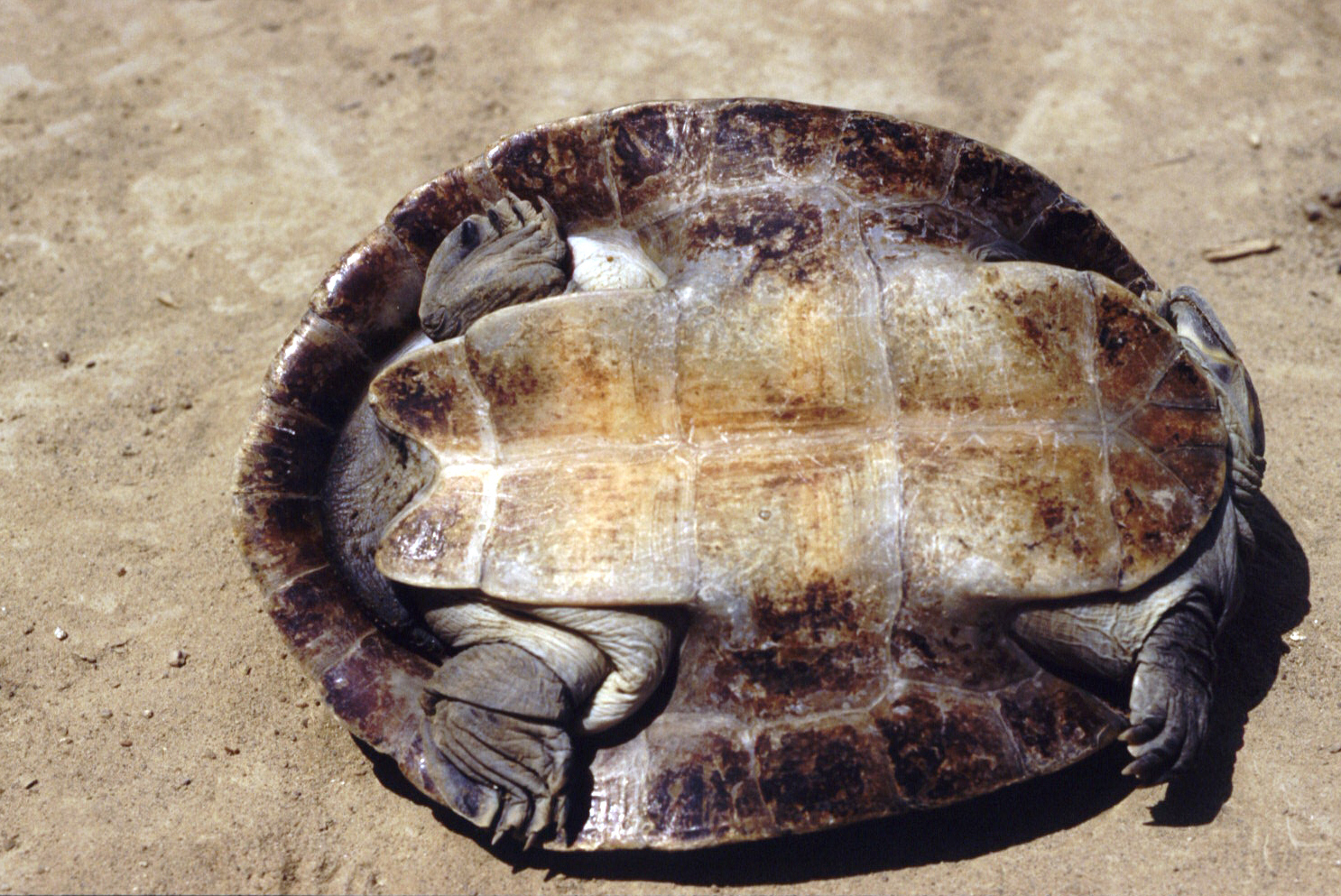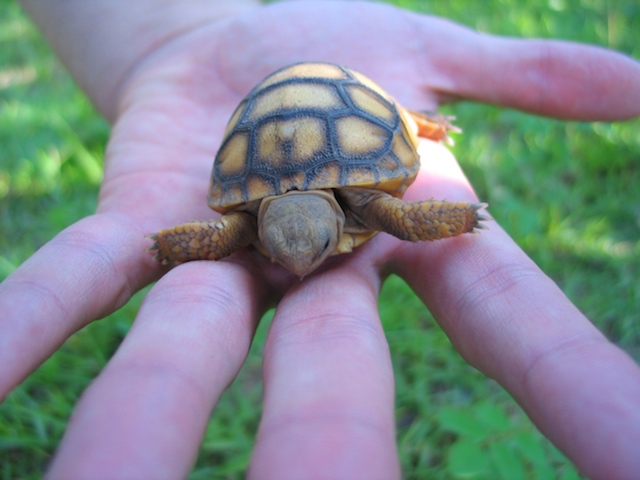|
Lists Of Reptiles Of North America
This is a checklist of American reptiles found in Northern America, based primarily on publications by the Society for the Study of Amphibians and Reptiles (SSAR). It includes all species of Bermuda, Canada, Greenland, Saint Pierre and Miquelon, and the United States including recently introduced species such as chameleons, the Nile monitor, and the Burmese python. Subspecies are listed only in a few cases. The information about range and status of almost all of these species can be found also in the IUCN Red List of Threatened Species site. * alien species Summary of 2006 IUCN Red List categories. Conservation status – IUCN Red List of Threatened Species: and Endangered Species Act: Order: Crocodilia Family: Alligatoridae Family: Crocodylidae Order: Testudines (turtles) Suborder: Pleurodira Family: Podocnemididae (side-necked turtles) Suborder: Cryptodira Family: Testudinidae (tortoises) Family: Emydidae Family: Chelo ... [...More Info...] [...Related Items...] OR: [Wikipedia] [Google] [Baidu] |
Northern America
Northern America is the northernmost subregion of North America. The boundaries may be drawn slightly differently. In one definition, it lies directly north of Middle America (including the Caribbean and Central America).Gonzalez, Joseph. 2004"Northern America: Land of Opportunity"(ch. 6). ''The Complete Idiot's Guide to Geography.'' () New York: Alpha Books; pp. 57–8 Northern America's land frontier with the rest of North America then coincides with the Mexico–United States border. Geopolitically, according to the United Nations' scheme of geographical regions and subregions, Northern America consists of Bermuda, Canada, Greenland, Saint Pierre and Miquelon and the United States (the contiguous United States and Alaska only, excluding Hawaii, Navassa Island, Puerto Rico, the United States Virgin Islands, and other minor U.S. Pacific territories). From a geographical perspective, Mexico would also be part of Northern America as it is on the same land as the United State ... [...More Info...] [...Related Items...] OR: [Wikipedia] [Google] [Baidu] |
Pleurodira
The Pleurodira are one of the two living suborders of turtles, the other being the Cryptodira. The division between these two suborders represents a very deep evolutionary divide between two very different types of turtles. The physical differences between them, although anatomical and largely internal, are nonetheless significant, and the zoogeographic implications of them are substantial. The Pleurodira are known more commonly as the side-necked turtles and the name Pleurodira quite literally translates to side neck, whereas the Cryptodira are known as hidden-necked turtles. The Pleurodira turtles are currently restricted to freshwater habitats in the Southern Hemisphere, largely to Australia, South America, and Africa. Within the Pleurodira, three living families are represented: Chelidae, also known as the Austro-South American side-necked turtles, the Pelomedusidae, also known as the African mud terrapins, and the Podocnemididae, also known as the American side-neck river tur ... [...More Info...] [...Related Items...] OR: [Wikipedia] [Google] [Baidu] |
Emydinae
The Emydinae are a subfamily of turtles in the family Emydidae. Classification The genera of the Emydinae remain unresolved, with ''Actinemys'' and ''Emydoidea Blanding's turtle (''Emydoidea blandingii'') is a semi-aquatic turtle of the family Emydidae. This species is native to central and eastern parts of Canada and the United States. It is considered to be an endangered species throughout much of its ...'' being used in some publications. Species References ;Bibliography * * Tetrapod subfamilies {{Turtle-stub de:Neuwelt-Sumpfschildkröten#Systematik ... [...More Info...] [...Related Items...] OR: [Wikipedia] [Google] [Baidu] |
Emydidae
Emydidae (Latin ''emys'' (freshwater tortoise) + Ancient Greek εἶδος (''eîdos'', “appearance, resemblance”)) is a family of testudines (turtles) that includes close to 50 species in 10 genera. Members of this family are commonly called terrapins, pond turtles, or marsh turtles. Several species of Asian box turtles were formerly classified in the family; however, revised taxonomy has separated them to a different family (Geoemydidae). As currently defined, the Emydidae are entirely a Western Hemisphere family, with the exception of two species of pond turtle. Description The upper shell (carapace) of most emydids is the shape of a low arch, although in some species, it is domed. The upper shell may have one or two ridges that run from front to the back of the animal (a projection commonly called a "keel"), or such a feature may be absent. A prominent bridge often connects the top shell to the bottom shell ( plastron). Emydids have large bottom shells, and some memb ... [...More Info...] [...Related Items...] OR: [Wikipedia] [Google] [Baidu] |
Indian Star Tortoise
The Indian star tortoise (''Geochelone elegans'') is a threatened tortoise species native to India, Pakistan and Sri Lanka where it inhabits dry areas and scrub forest. It has been listed as Vulnerable on the IUCN Red List since 2016, as the population is thought to comprise more than 10,000 individuals, but with a declining trend. It is threatened by habitat loss and poaching for the illegal wildlife trade. It was upgraded to CITES Appendix I in 2019 by full consensus among all member states, giving it the highest level of international protection from commercial trade. Conservation group TRAFFIC found 6,040 were seized globally that were intended to be sold in the pet trade. Anatomy and morphology The carapace of ''G. elegans'' is very convex, with dorsal shields often forming humps; the lateral margins are nearly vertical; the posterior margin is somewhat expanded and strongly serrated. It has no nuchal scute, and the supracaudal is undivided, and curved inward in the male; th ... [...More Info...] [...Related Items...] OR: [Wikipedia] [Google] [Baidu] |
Sonoran Desert Tortoise
The Sonoran Desert tortoise (''Gopherus morafkai''), or Morafka's desert tortoise, is a species of tortoise native to the Sonoran Desert. Taxon history In 2011, on the basis of DNA, geographic, and behavioral differences between desert tortoises east and west of the Colorado River, it was decided that two species of desert tortoises exist: Agassiz's desert tortoise (''Gopherus agassizii'') and Morafka's desert tortoise (''Gopherus morafkai'').Genetic Analysis Splits Desert Tortoise into Two Species US Geological Survey (2011-06-28). Retrieved on 2019-08-22. ''G. morafkai'' occurs east of the Colorado River in Arizona, as well as in the states of Sonora and Sinaloa, Mexico. The new species name is in honor of the late Professor David Joseph Morafka ... [...More Info...] [...Related Items...] OR: [Wikipedia] [Google] [Baidu] |
Mojave Desert Tortoise
The desert tortoise (''Gopherus agassizii''), is a species of tortoise in the Family (biology), family Testudinidae. The species is native to the Mojave Desert, Mojave and Sonoran Deserts of the southwestern United States and northwestern Mexico, and to the Sinaloan thornscrub of northwestern Mexico. ''G. agassizii'' is distributed in western Arizona, southeastern California, southern Nevada, and southwestern Utah. The specific name ''agassizii'' is in honor of Swiss-American zoologist Louis Agassiz, Jean Louis Rodolphe Agassiz. The desert tortoise is the official state reptile in California and Nevada. The desert tortoise lives about 50 to 80 years; it grows slowly and generally has a low reproductive rate. It spends most of its time in burrows, rock shelters, and pallets to regulate body temperature and reduce water loss. It is most active after seasonal rains and is inactive during most of the year. This inactivity helps reduce water loss during hot periods, whereas winte ... [...More Info...] [...Related Items...] OR: [Wikipedia] [Google] [Baidu] |
Gopherus Flavomarginatus
The Bolson tortoise (''Gopherus flavomarginatus''), also called the Mexican giant tortoise or yellow-margined tortoise, is a species of tortoise from North America. Of the six North American tortoise species, it is the largest, having a carapace length of about . It lives in a region of the Chihuahuan Desert known as the Bolsón de Mapimí, which is located in north-central Mexico. Discovery The Bolson tortoise was discovered only in 1959. The legend is that a group of biologists working in the Bolsón de Mapimí were at a ranch and saw chickens eating out of a large tortoise shell. They inquired about the origin of the shell and the locals responded by saying that it was, "la tortuga grande del desierto", the big turtle of the desert. In 1979 the 340,000 hectare Mapimi Biosphere Reserve was created to protect the Bolson tortoise and other unique flora and fauna of the Bolsón de Mapimí. Despite this designation, cattle ranching and mining still occur in the reserve. Whether t ... [...More Info...] [...Related Items...] OR: [Wikipedia] [Google] [Baidu] |
Gopherus Berlandieri
The Texas tortoise (''Gopherus berlandieri''), is a species of tortoise in the family Testudinidae. The species ''G. berlandieri'' is one of six species of tortoises that are native to North America. Geographic range ''G. berlandieri'' is found from southern Texas southward into the Mexican states of Coahuila, Nuevo León, and Tamaulipas. Etymology The specific epithet, ''berlandieri'', is in honor of naturalist Jean Louis Berlandier, who worked for the Mexican government on one of the first biological surveys of Texas.Beolens, Bo; Watkins, Michael; Grayson, Michael (2011). ''The Eponym Dictionary of Reptiles''. Baltimore: Johns Hopkins University Press. xiii + 296 pp. . ("Berlandier's Tortoise ''Gopherus berlandieri'' ", p. 24). As such, some sources refer to it as Berlandier's tortoise. Biology The Texas tortoise, unlike other species of gopher tortoise, is not an adept burrower. Its preferred habitat is dry scrub and grasslands. Succulent plants, a preferred food of th ... [...More Info...] [...Related Items...] OR: [Wikipedia] [Google] [Baidu] |
Gopherus Polyphemus
The gopher tortoise (''Gopherus polyphemus'') is a species of tortoise in the family Testudinidae. The species is native to the southeastern United States. The gopher tortoise is seen as a keystone species because it digs burrows that provide shelter for at least 360 other animal species. ''G. polyphemus'' is threatened by predation and habitat destruction. The gopher tortoise is a representative of the genus ''Gopherus'', which contains the only tortoises native to North America. The gopher tortoise is the state reptile of Georgia and the state tortoise of Florida. Etymology The specific name, ''polyphemus'', refers to the cave-dwelling giant, Polyphemus, of Greek mythology. Gopher tortoises are so named because of some species' habit of digging large, deep burrows like the gopher. Description The gopher tortoise is a fairly large terrestrial reptile which possesses forefeet well adapted for burrowing, and elephantine hind feet. These features are common to most tortoises ... [...More Info...] [...Related Items...] OR: [Wikipedia] [Google] [Baidu] |
Gopherus Agassizii
The desert tortoise (''Gopherus agassizii''), is a species of tortoise in the family Testudinidae. The species is native to the Mojave and Sonoran Deserts of the southwestern United States and northwestern Mexico, and to the Sinaloan thornscrub of northwestern Mexico. ''G. agassizii'' is distributed in western Arizona, southeastern California, southern Nevada, and southwestern Utah. The specific name ''agassizii'' is in honor of Swiss-American zoologist Jean Louis Rodolphe Agassiz. The desert tortoise is the official state reptile in California and Nevada. The desert tortoise lives about 50 to 80 years; it grows slowly and generally has a low reproductive rate. It spends most of its time in burrows, rock shelters, and pallets to regulate body temperature and reduce water loss. It is most active after seasonal rains and is inactive during most of the year. This inactivity helps reduce water loss during hot periods, whereas winter brumation facilitates survival during free ... [...More Info...] [...Related Items...] OR: [Wikipedia] [Google] [Baidu] |





.jpg)
